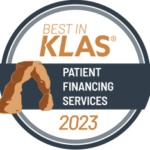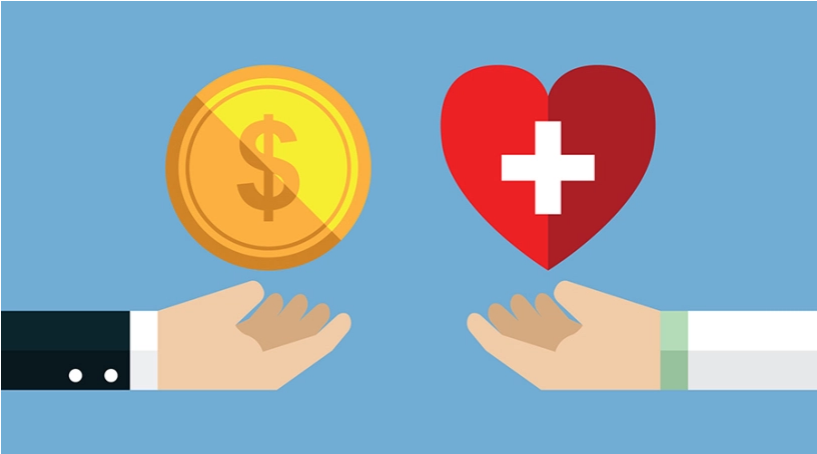Customer Care: 866.625.8532 Sales Inquiries: 503.419.3544

KLAS Research Awards CarePayment Top Patient Financing Company for 2023 - Read Press Release
Blog | March 19, 2020
5 things to know about hospital bad debt

Hospitals and health systems continue to grapple with bad debt.
Five things to know about the issue:
1. Bad debt refers to patient debt that is considered unrecoverable.
2. Hospitals and health systems may report bad debt when unemployment or bankruptcy prevent patient payment, according to a blog by Definitive Healthcare, a company that provides data and intelligence on healthcare.
3. A 2018 survey of 100 hospital C-suite executives and finance leaders showed that most respondents (59 percent) cited insurance reform as the largest contributing factor to bad debt. The survey was developed and administered by Sage Growth Partners for healthcare tech company Dorado Systems.
4. The survey also found that half of respondents said they only expect to recover up to 10 percent of their bad debt. Forty percent said they expect to recover 10 percent to 20 percent.
5. Bad debt has continued to be a struggle for healthcare organizations as patients have taken on greater financial responsibility due to high-deductible health plans. A 2018 TransUnion Healthcare analysis found that patient financial responsibility after insurance grew from 8 percent of the total bill in 2012 to 12.2 percent in 2017.
More articles on healthcare finance:
Some Vermont hospitals seek rate bump amid financial losses
Insured Americans increasingly turning to charity to pay for healthcare: 5 takeaways
Why a lawmaker withdrew surprise-billing legislation prompted by Zuckerberg hospital
© Copyright ASC COMMUNICATIONS 2020. Interested in LINKING to or REPRINTING this content? View our policies by clicking here.
By Kelly Gooch


